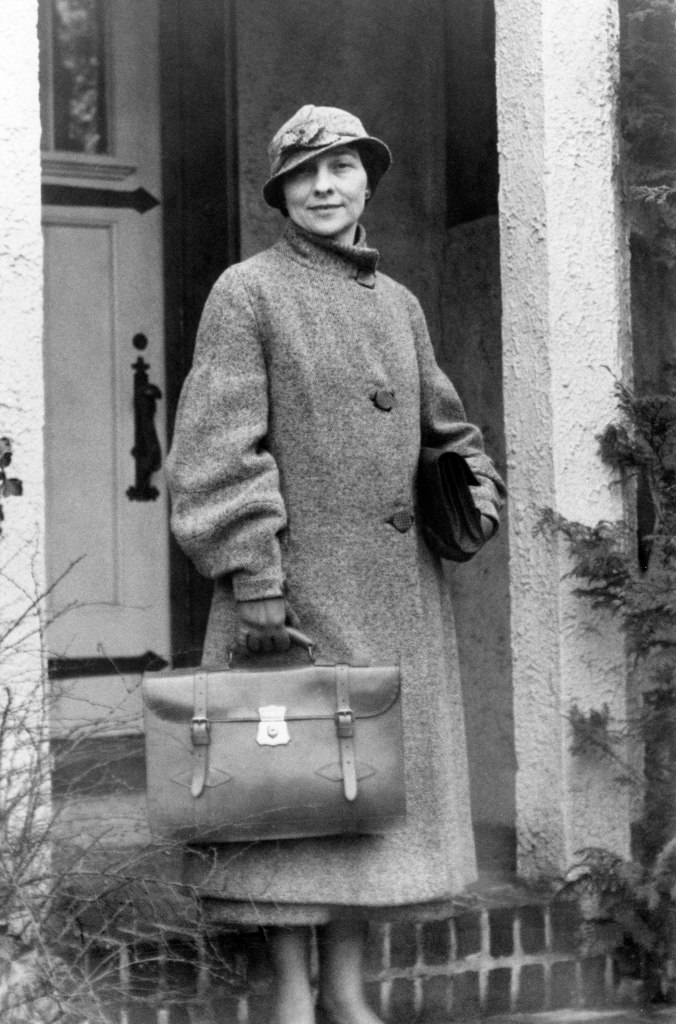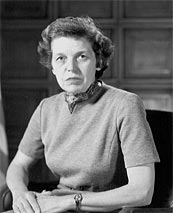
Most of history is not recorded, known, understood or able to be appreciated. Not all of it needs to be either in all fairness but there are jewels that come out over time that make me wonder what else slipped through the cracks of history. Sometimes, no one is left to tell the story. Sometimes those who experienced it were marginalized already and so their own history was not recorded publically or at all. Sometimes, events are simply not permitted to be told.
I grew up in the biggest government town in the US. I was surrounded by people who did, quite honestly, God knows what. Most did what they said, but you had no way of knowing who was shining you on, only telling you the part they could or telling the truth. My Grandfather was connected to the Manhattan Project in WWII and after it was declassified, he still refused to talk about it. “When FDR tells me I can talk, I’ll talk. Until then I have no idea what you’re talking about.” Ironically, if it were not declassified, even saying that meant he could be investigated for treason.
The reality is for many wartime events, they remain classified for a long time after the fact and by the time they are de-classified, they are no longer that interesting to the following generation. The Manhattan Project is an exception for what it was but many projects, they simply declassified and sat. One such project was the US efforts in code breaking during WWII.
There are movies referencing and directly about the Bletchley Park project in England that did so much work breaking the Nazi/Italian Enigma code. Alan Turing finally got his due but one of the aspects that was lost was that so many of the women in the project were represented as his disciples or assistants, when I would bet, that was not the case. Women, are marginalized in history, period.
So we will now address that a bit by turning our focus homeward and to Washington DC again. There are books about this story so I am not pioneering a story at all, but I am going to try and address the story’s role in modern society as well, as I see it.
During the war, there was an extreme shortage of men in the workforce as we all know. Rosie the Riveter was far more than a riveter. Women played roles in many aspects of WWII’s war effort. One of those that got interesting, was the recruiting of women to the role of code breaking. Not only were they recruited, but things got aggressive with different entities seeking to land the best and brightest.
For those of you who still struggle with bias about genders, there is no difference in the occurrence of intelligence based on sex. The bell curve, if you want to use an IQ test, looks no different one sex to another. The issue here was not there being enough intelligent women to recruit, it is that before WWII women being college educated was rare. Ironically, those that did were often among the more intelligent. So although the pool of possible women to recruit was smaller, it was richer than that of men.
Regardless, those that would fit this role were not ones you had to work hard to distinguish from the public, they stood out as brilliant and creative. They were often very good in science and or math and almost always spoke more than one language. They were creative and some were even recruited with less education so broader ways of thinking and problem solving would be introduced.

In the day and in a city such as DC, few were what they seemed. My grandfather lied to his family using a cover story he was given. So did the ladies in the code breaking business. Ironically, women also had the advantage that they could simply play off any inquiries about their job in a submissive way, saying they brought coffee and cigarettes to the men. The public bought it easily, especially the men.
As a side note, as a man I have so often heard other men say women are much better at lying than men. I propose this alternate observation, men have learned over time to simply discount the opinions of women so as a result, men simply don’t believe women as readily. This is not a woman issue, this is on us men.
The role of code breaker was not the only role filled by these highly recruited women. They researched and compiled information that was used in code breaking. They looked for unusual words in normal information dissemination that could then be sought out in codes to assist in breaking the code.
Codes are also not just broken, then remain open. They have to be maintained. That means that after a code is broken they have to be re-broken over and over as ciphers are changed and in some cases, the machines doing the encoding are updated or changed such as the enigma. Code breaking is continuous.
The opposite side of code breaking is information dissemination. During the lead-up to many major military operations, false information was fed to the enemy by faking coded radio transmissions we felt the enemy may have broken. This would lead them to believe what we wanted them to. Women filled this role and did so in all WWII major operations including D-day.
Code breaking was not new, but the leap forward from WWI was massive so the field was wide open. What that meant was that there was not an accepted and expected list of societies, credentials and degrees needed to enter the field. These are not usually meant to sharpen the field as much as limit access to the field. Today, this is not as exclusive to one group more than any other as much as it used to be, but in the days around and before WWII, these qualifications and societies were to keep people out, mainly minorities of whatever definition.

Code breaking in WWII was massive. The resources and effort that went into this field blew up during the war. At the time of Pearl Harbor, the Army had 180 people working in code breaking. By the end of the war that number was over 10,000 in the Army alone. Well over half of those code breakers were women. The Navy employed 4,000 women as code breakers; 80% of their force.
Code breaking is a tough gig. It’s not just that it is very hard, it is also tedious. There are parts that are linear where you MUST go in order to make a cipher work, but the hardest work is organic, with leaps of insight that must then be caught up to with practical means to repeat.
Many of the best organic minds were those of women. Elizebeth Smith worked in code breaking in both wars and well after WWII. J Edgar Hoover claimed credit for her actions in post war US to build credit for the FBI as well as knowing she could not claim it for herself since she was sworn to and adhered to secrecy. Much of the credit for her work that did get out, was credited to her husband instead.

Elizebeth Smith
During the war she almost single handedly stopped fascist uprisings in South America by breaking the codes and thus shining light on the plans by the axis.
Genevieve Grotjan worked on the Japanese code named ‘Purple’ and was responsible for the single biggest breakthrough that allowed us to break the code over and over.

Genevieve Grotjan
Ann Caracristi teamed up with Wilma Berryman to break the Japanese JN25 code in the same day they intercepted it, so battle plans were almost read real-time. This is how we were able to intercept every supply or troop reinforcement headed to the Philippines.

Ann Caracristi
Admirals and Generals that fought in WWII credited code breaking with saving 1,000s of soldiers lives and likely 100,000s of lives over all (remember that most casualties of war are civilian) and shortening the war by 2 years.
It was Virginia D. Aderholt who translated the Japanese agreement to surrender that was transmitted to the neutral Swiss first. In doing so, she was the first American to know WWII was over.
The field was defined during the war and that foundation of procedure and process largely established by women, became the foundation of the NSA. Today’s code breaking and intelligence field was born in WWII.
Due to the ongoing field of code breaking, much of the accomplishments of WWII code breakers had to be kept secret. Due to the times and locations, many of these ladies ended up married to military men and often had a higher government or military rank, yet could not say so, or at least how. One of the most important jobs of anyone asked to fill a classified role in war, is to keep their secrets. The fact that these stories only came out in rumor or theory until declassified is testimony that these ladies also fulfilled that job as well.
I will also say that most of those who have been asked to serve, did not do so for accolades. I have been a first responder and am usually uncomfortable when thanked for my service. I chose to do it. I knew what was asked of me when I answered each page. It has been a service I chose to provide. The most decorated service men and women I have known are the last to seek recognition. The fact that these ladies did not receive individual accolades does not bother me. What does, is that they as a group, in service of our nation were already marginalized and their story serves a greater good, reminding us that all groups no matter how we want to define them, have served and contributed to the moments that have made and defined this nation.
From these code breakers to the female fighter plane instructors of WWII and even the ferry pilots who flew into war zones just to deliver unarmed planes to the fighting boys, women have served on the various front lines of service in times of war, and peace. As my God Daughter seeks to become a flight nurse, she does so knowing that she may be in the bloody end of battle where people die. She isn’t doing so for praise, she simply wants to offer what she feels is her best service.
Service knows no classification, only devotion.